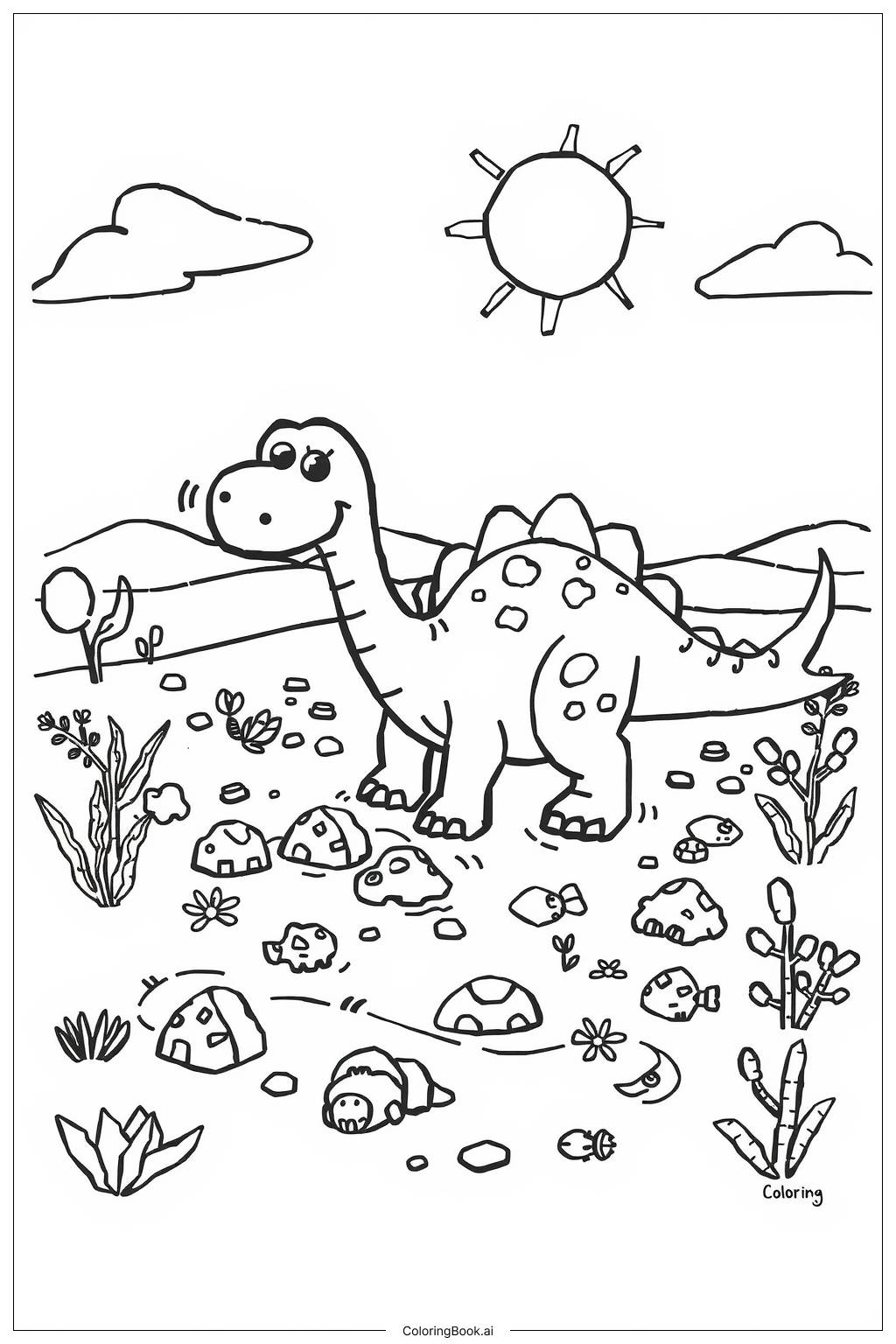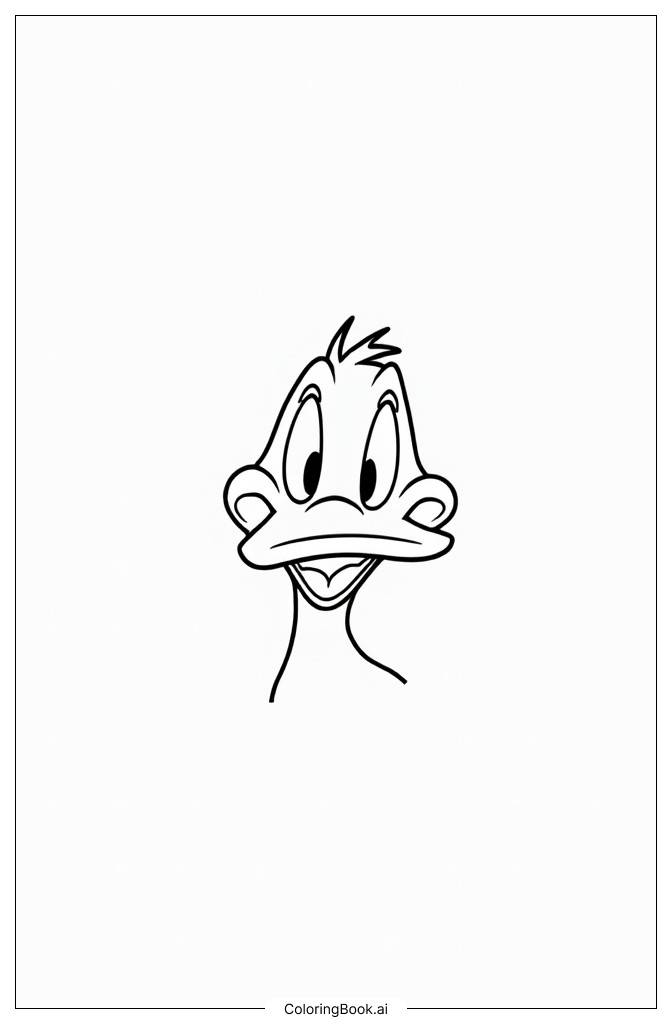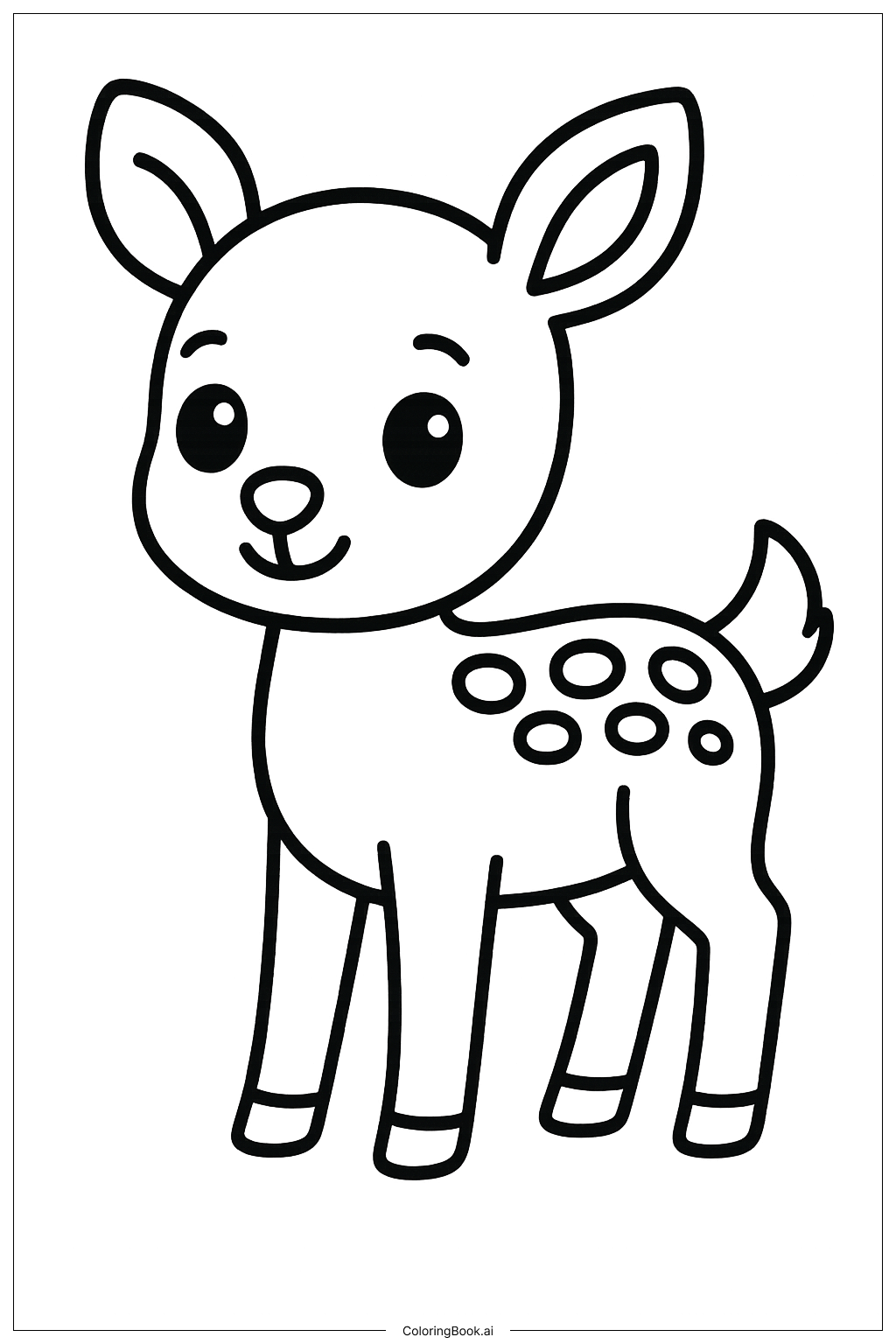Coloring tips: How to color Dinosaur Fossil Discovery coloring page well?
Use bright and natural colors to bring this scene to life. Color the dinosaur with greens, browns, or even fun colors like purple or blue. For the fossils, use gray, beige, or white shades to make them look like real bones. The plants and flowers can be colored in different shades of green and yellow. The sky can be light blue with a bright yellow sun. Feel free to use different colors for the hills to show depth. Try coloring the small details carefully using colored pencils or fine markers for neatness.
Coloring challenges: Which parts are difficult to color and need attention for Dinosaur Fossil Discovery coloring page?
1. Small details - The many tiny fossils and plants require careful coloring to stay inside the lines.
2. Layering colors - Choosing the right shades to show the difference between the dinosaur, fossils, and plants may be tricky.
3. Sun and sky - Keeping the sun bright and the sky softly colored without mixing too much can be difficult for beginners.
4. Fine lines - Coloring near the dinosaur’s eyes and plates needs precision to keep the drawing clear.
5. Color balance - Making sure the entire page looks balanced with colors throughout can be a challenge.
Benefits of coloring books: Advantages of drawing Dinosaur Fossil Discovery coloring page
Coloring this page helps develop fine motor skills by practicing staying inside the lines. It encourages creativity by allowing kids to choose colors for different parts like the dinosaur and plants. Coloring the fossils teaches patience and attention to detail. It also sparks interest in dinosaurs and paleontology. This activity provides relaxation and focus, making it fun while improving concentration.




